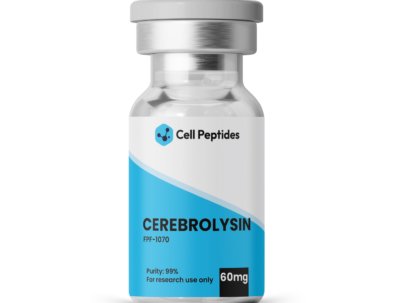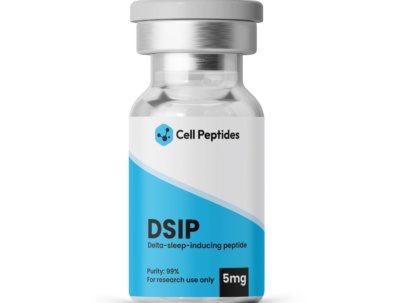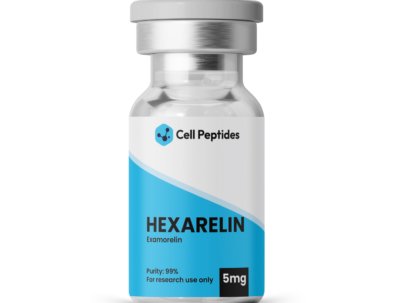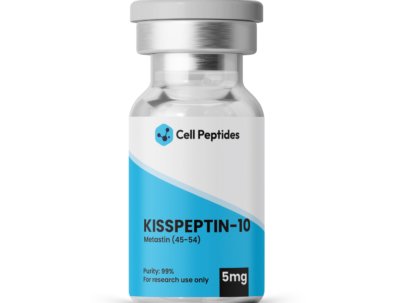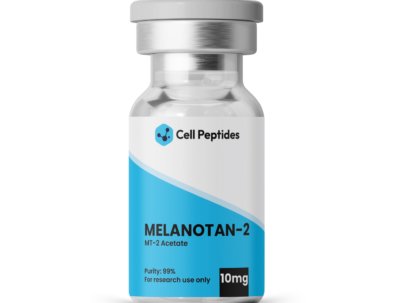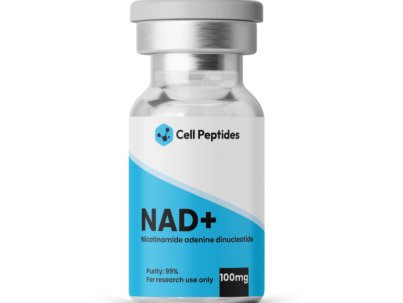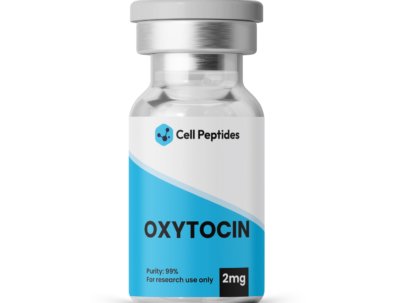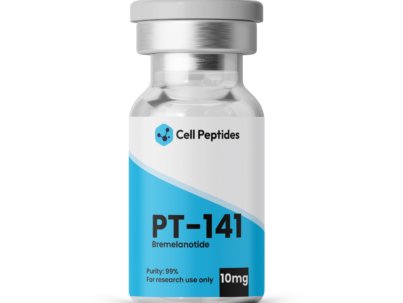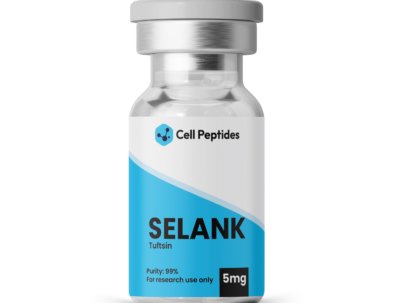- Fast shipping in Europe & USA
- Made in ISO 9001:2015 certified lab
- info@cellpeptides.com
Peptides for libido and sexual wellness are being studied in laboratory settings for their potential to influence sexual desire, arousal, erectile function, and hormonal signaling. These research compounds are often explored for how they affect the brain’s dopaminergic and oxytocin systems, which are key to mood, bonding, and sexual responsiveness.
In preclinical models, peptides in this category have shown potential to:
These peptides are not aphrodisiacs or performance enhancers. They are used strictly in research models to understand the complex hormonal and neurological mechanisms behind human intimacy and sexual health.
Important Note
These peptides are intended for laboratory research use only. Any references to biological effects are based on animal or in vitro studies and are not intended for therapeutic or human use.
Libido-enhancing peptides are short chains of amino acids being studied for their potential effects on sexual desire, arousal, performance, and hormonal balance. These peptides interact with specific brain and hormonal pathways that regulate mood, blood flow, and reproductive signaling.
They are not direct stimulants but are used in research to explore how sexual function is influenced by neurochemical activity, hormone levels, and neurological feedback loops, especially in models of dysfunction or imbalance.
Here are the main types of libido-focused peptides studied in labs:
Research spans multiple domains from erectile dysfunction and libido loss to stress-induced sexual disorders and HPG (hypothalamic-pituitary-gonadal) axis studies.
Libido and sexual function are influenced by multiple systems: neurological, hormonal, emotional, and energetic. Each peptide targets one or more of these areas. Here’s how they work in lab models:
These peptides act on central nervous system receptors linked to arousal and vascular response:
These peptides influence the HPG axis, which governs reproductive hormone release:
These compounds support emotional regulation, which is often tied to sexual performance and interest:
Libido-enhancing peptides have been evaluated in preclinical studies for their influence on arousal, hormone levels, mood, and energy. While human research is limited, findings in animal and in vitro models provide a strong foundation for continued lab investigation.
These findings are drawn from controlled lab studies and are not intended to suggest clinical outcomes in humans.
Among the peptides studied for sexual function, only PT-141 (Bremelanotide) has received FDA approval specifically for the treatment of hypoactive sexual desire disorder (HSDD) in premenopausal women. It is available as a prescription medication under regulated medical supervision.
All other peptides discussed, including Melanotan-2, Kisspeptin-10, Hexarelin, Oxytocin, and MOTS-c, remain investigational or unapproved for sexual health applications. Their use is limited to laboratory-based research only.
In preclinical and early-stage studies, some side effects have been reported:
These peptides should only be handled in controlled laboratory environments using sterile techniques and validated procedures. Proper documentation, storage, and handling protocols must be followed at all times.
Reminder: These peptides are not intended for human use or administration. They are for approved laboratory research protocols only and must be used in compliance with institutional safety standards.
Several peptides have shown promising results in laboratory studies related to sexual function, arousal, hormonal regulation, and emotional response. These are among the most widely researched for libido-focused applications:
The most studied peptide for sexual arousal in both men and women. Acts on melanocortin receptors to increase desire and responsiveness.
Known for stimulating libido and spontaneous erections in research settings. Commonly studied alongside skin pigmentation effects.
Stimulates reproductive hormone release (LH, FSH, testosterone), making it a key peptide in fertility and libido research.
Studied for its role in emotional bonding and erectile support. Enhances partner connection and satisfaction in animal models.
A growth hormone secretagogue with reported testosterone-boosting effects in aging male models.
Both peptides help reduce anxiety and cortisol, useful in libido models influenced by chronic stress.
Boosts cellular energy, which may help support libido in fatigue or age-related models.
When working with peptides related to libido and sexual behavior, consistency and proper handling are essential for reliable results. Always use research-grade compounds with a validated Certificate of Analysis (COA) confirming ≥98% purity and verified sequence.
Reconstitution:
Most peptides in this category, including PT-141, Kisspeptin-10, and DSIP, dissolve well in bacteriostatic water. Avoid shaking; gently swirl to mix.
Dosing & Protocols:
Preclinical protocols typically use ranges between 1–10 mg/kg, depending on the species and study design. Application routes include subcutaneous or intraperitoneal injection. Models may track changes in sexual behavior, mating frequency, hormonal shifts (LH, testosterone), or arousal scoring scales.
Storage:
Store lyophilized peptides in a dark, dry environment at room temperature. Once reconstituted, peptides should be refrigerated and used within 30–60 days. Avoid freeze-thaw cycles by aliquoting as needed.
Always document reagent source, reconstitution method, dosing, timing, and experimental endpoints clearly to support reproducibility. Use sterile technique and follow institutional lab safety protocols.
Yes. They’re often stacked in preclinical models focused on sexual arousal and emotional bonding responses.
Both PT-141 and Kisspeptin-10 have shown promising results in enhancing sexual motivation and hormone activity in female lab subjects.
Researchers typically track behavioral and hormonal markers like mount latency, intromission frequency, dopamine release, and LH/testosterone levels.
PT-141 is a selective melanocortin receptor agonist that promotes sexual arousal without affecting skin pigmentation. Melanotan-2 has overlapping effects but also induces tanning due to its broader receptor activity.
Peptides for libido and sexual function are gaining attention in preclinical studies for their impact on arousal, hormone signaling, emotional regulation, and energy metabolism. Compounds like PT-141, Kisspeptin-10, Oxytocin, and Melanotan-2 show promising results in research models exploring sexual health and neuroendocrine activity.
To support your investigations, browse the full Peptides for Libido & Sex collection at our page down below.
Peptides for Libido & Sex
Peptides for libido and sexual wellness are being studied in laboratory settings for their potential to influence sexual desire, arousal, erectile function, and hormonal signaling. These research compounds are often explored for how they affect the brain’s dopaminergic and oxytocin systems, which are key to mood, bonding, and sexual responsiveness.
In preclinical models, peptides in this category have shown potential to:
These peptides are not aphrodisiacs or performance enhancers. They are used strictly in research models to understand the complex hormonal and neurological mechanisms behind human intimacy and sexual health.
Important Note
These peptides are intended for laboratory research use only. Any references to biological effects are based on animal or in vitro studies and are not intended for therapeutic or human use.
Libido-enhancing peptides are short chains of amino acids being studied for their potential effects on sexual desire, arousal, performance, and hormonal balance. These peptides interact with specific brain and hormonal pathways that regulate mood, blood flow, and reproductive signaling.
They are not direct stimulants but are used in research to explore how sexual function is influenced by neurochemical activity, hormone levels, and neurological feedback loops, especially in models of dysfunction or imbalance.
Here are the main types of libido-focused peptides studied in labs:
Research spans multiple domains from erectile dysfunction and libido loss to stress-induced sexual disorders and HPG (hypothalamic-pituitary-gonadal) axis studies.
Libido and sexual function are influenced by multiple systems: neurological, hormonal, emotional, and energetic. Each peptide targets one or more of these areas. Here’s how they work in lab models:
These peptides act on central nervous system receptors linked to arousal and vascular response:
These peptides influence the HPG axis, which governs reproductive hormone release:
These compounds support emotional regulation, which is often tied to sexual performance and interest:
Libido-enhancing peptides have been evaluated in preclinical studies for their influence on arousal, hormone levels, mood, and energy. While human research is limited, findings in animal and in vitro models provide a strong foundation for continued lab investigation.
These findings are drawn from controlled lab studies and are not intended to suggest clinical outcomes in humans.
Among the peptides studied for sexual function, only PT-141 (Bremelanotide) has received FDA approval specifically for the treatment of hypoactive sexual desire disorder (HSDD) in premenopausal women. It is available as a prescription medication under regulated medical supervision.
All other peptides discussed, including Melanotan-2, Kisspeptin-10, Hexarelin, Oxytocin, and MOTS-c, remain investigational or unapproved for sexual health applications. Their use is limited to laboratory-based research only.
In preclinical and early-stage studies, some side effects have been reported:
These peptides should only be handled in controlled laboratory environments using sterile techniques and validated procedures. Proper documentation, storage, and handling protocols must be followed at all times.
Reminder: These peptides are not intended for human use or administration. They are for approved laboratory research protocols only and must be used in compliance with institutional safety standards.
Several peptides have shown promising results in laboratory studies related to sexual function, arousal, hormonal regulation, and emotional response. These are among the most widely researched for libido-focused applications:
The most studied peptide for sexual arousal in both men and women. Acts on melanocortin receptors to increase desire and responsiveness.
Known for stimulating libido and spontaneous erections in research settings. Commonly studied alongside skin pigmentation effects.
Stimulates reproductive hormone release (LH, FSH, testosterone), making it a key peptide in fertility and libido research.
Studied for its role in emotional bonding and erectile support. Enhances partner connection and satisfaction in animal models.
A growth hormone secretagogue with reported testosterone-boosting effects in aging male models.
Both peptides help reduce anxiety and cortisol, useful in libido models influenced by chronic stress.
Boosts cellular energy, which may help support libido in fatigue or age-related models.
When working with peptides related to libido and sexual behavior, consistency and proper handling are essential for reliable results. Always use research-grade compounds with a validated Certificate of Analysis (COA) confirming ≥98% purity and verified sequence.
Reconstitution:
Most peptides in this category, including PT-141, Kisspeptin-10, and DSIP, dissolve well in bacteriostatic water. Avoid shaking; gently swirl to mix.
Dosing & Protocols:
Preclinical protocols typically use ranges between 1–10 mg/kg, depending on the species and study design. Application routes include subcutaneous or intraperitoneal injection. Models may track changes in sexual behavior, mating frequency, hormonal shifts (LH, testosterone), or arousal scoring scales.
Storage:
Store lyophilized peptides in a dark, dry environment at room temperature. Once reconstituted, peptides should be refrigerated and used within 30–60 days. Avoid freeze-thaw cycles by aliquoting as needed.
Always document reagent source, reconstitution method, dosing, timing, and experimental endpoints clearly to support reproducibility. Use sterile technique and follow institutional lab safety protocols.
Yes. They’re often stacked in preclinical models focused on sexual arousal and emotional bonding responses.
Both PT-141 and Kisspeptin-10 have shown promising results in enhancing sexual motivation and hormone activity in female lab subjects.
Researchers typically track behavioral and hormonal markers like mount latency, intromission frequency, dopamine release, and LH/testosterone levels.
PT-141 is a selective melanocortin receptor agonist that promotes sexual arousal without affecting skin pigmentation. Melanotan-2 has overlapping effects but also induces tanning due to its broader receptor activity.
Peptides for libido and sexual function are gaining attention in preclinical studies for their impact on arousal, hormone signaling, emotional regulation, and energy metabolism. Compounds like PT-141, Kisspeptin-10, Oxytocin, and Melanotan-2 show promising results in research models exploring sexual health and neuroendocrine activity.
To support your investigations, browse the full Peptides for Libido & Sex collection at our page down below.
